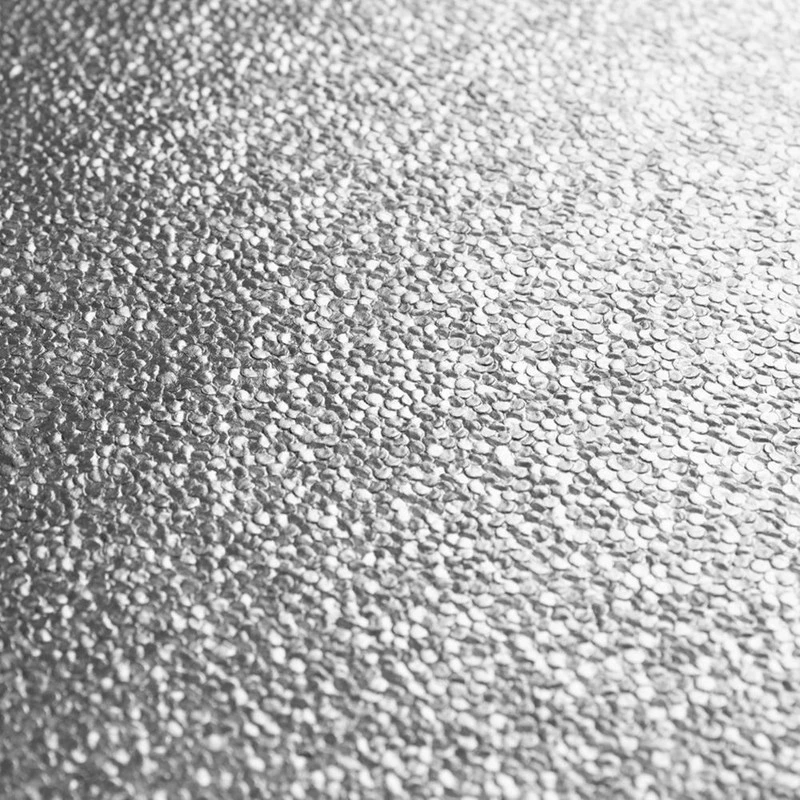The Golden Era of Silver in Dental Treatments
Topical application of fluoride is the long followed protocol for caries prevention in children even at the time of the highest risk. Food and Drug Administration recognized the application of topical silver diamine fluoride to arrest active carious lesions and as a preventive approach for unaffected teeth with no risk of toxicity. That is, silver ions are believed to possess an antimicrobial action by inhibiting the growth of oral bacteria and denaturing their lytic enzymes that cause destruction of tooth structures.
The major causative micro-organism in dental caries, Streptococcus mutans, was unable to form biofilm over teeth surfaces treated in vitro with silver. In clinical studies, 38% silver diamine fluoride possessed higher effectiveness and safety compared to placebo. Primary dental care providers may actively use this medication to resist early childhood caries over average 18 to 36 months. The application of 38% silver diamine fluoride once per 6 months to high-risk, uncavitated tooth surfaces (e.g., grooves and fissures) has a direct anti-caries effect. The suggested anti-microbial mechanism of silver diamine fluoride in arresting caries is the so-called “group killing” of all bacteria in the caries lesion; however, this raises concerns about growing other opportunistic pathogens such as Clostridium dificile and Proteus mirabilis.

There are other concerns toward using silver in dentistry, for example, silver precipitation may happen in case of contact with the skin causing burn-like lesions, in addition to teeth discoloration upon exposure to silver-containing compounds. However, silver diamine fluoride may work painlessly even in deep lesions without gingival or mucosal irritation.
Silver nitrate is another transparent, odorless solution that has been used by dentists as a disinfectant of root canal and dentine tissues as well as a treatment for oral ulcers. It also possesses antibacterial effect promoted through silver’s extra-/intra-cellular binding properties; that is, silver ions bind electrostatically to bacteria and deactivate their DNA synthesis resulting in inactivation of the bacterial enzymes and replication.
The most common application of silver nitrates is combined with sodium fluoride varnish which is a simple, low-cost protocol for caries prevention in young children, old-age populations and patients with special needs. However, it was found that, in the United States, treatment with silver nitrate solution followed by sodium fluoride varnish is more cost-effective than conventional methods for managing dental caries. Old people usually develop dry mouth with higher risk of root caries which is difficult to restore and the application of silver nitrates can be an excellent option for arresting dental caries in a simple, non-invasive, cost-effective and painless way.


